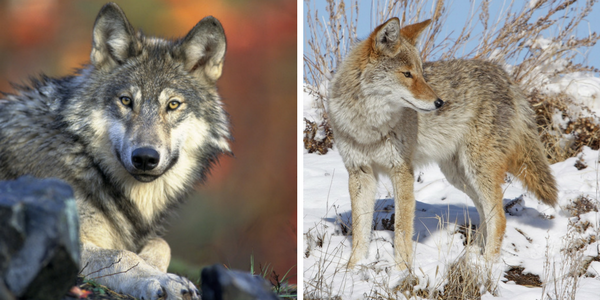
Coyote utilizes elaborate plans and absurdly complex gadgets, often from ACME, but he fails every time.

In each cartoon, to try to catch his prey, rather than his natural guile, Wile E. To date, 48 cartoons have been made featuring these characters (including the computer-animated shorts), most of which were directed by Chuck Jones. He debuted with his frequent adversary, Road Runner, in 1949's " Fast and Furry-ous". Coyote is a Looney Tunes character created by Chuck Jones and Michael Maltese. Collins has been fortunate enough to observe more than 15 wild wolves and countless coyotes in Wisconsin and Minnesota since 1997.Mel Blanc (1952-1986) Joe Alaskey (1991-2003) Maurice LaMarche (2008) Coyotes give an impression of dainty frailty and have gray coats adorned with cinnamon red, which is a very detailed and lengthy way to say: That’s a coyote.īrian M. Even a young wolf appears to have a muscular head and short tail. They have smallish ears on big, muscular heads, long legs, and an overall gray and pale coloration. In a nutshell, wolves give an impression of size and power. The legs tend to be more cinnamon in color as well. By contrast, coyotes are very cinnamon in color throughout, with no impression of long, black guard hairs. In wolves, cinnamon red colors are usually reserved for the backs of the ears. Very often, the gray is complemented by some cream colors along the ribs and flanks, and the legs tend to be gray, white or cream colored. If the ears looked very tall and the tail looked luxuriously long, it was probably a coyote.Ĭolor: Usually, wolves have an overall gray coat with long, blackened guard hairs running along the back and tail. If the ears of your unidentified animal looked small and the tail looked somewhat short, it was probably a wolf. Those “same” ears and tails would look bigger on a small animal and smaller on a large animal. Coyotes are not nearly so proportionately tall, and a coyote with a fine coat may even give the impression of having short legs as the luxurious fur covers the upper half of each leg.īody proportions: In general, wolves and coyotes have the same sized ears and tails – not proportionately to each animal but in actual, measurable size. From nose to tail, a wolf is 5–6 feet long. In short, wolves appear deer-tall with long legs. Head on, however, a wolf is a thin-hipped animal with a big, blocky head. A side profile gives the impression of enormous size. Coyotes often give the impression of delicacy, tucking the tail and dancing lightly with all legs involved together in light bounding.īuild: Wolves are very tall and proportionately rail thin. When on the run, wolves give an impression of power, running with tails somewhat aloft and each leg working independently to produce powerful loping. I’ve observed even unalarmed coyotes trotting along deer trails while keeping their tails in close. By contrast, most coyotes keep their tails low along their legs. Tail: Although somewhat variable, wolves tend to run with their tails held up away from their legs. Following suit, I have always noticed how dainty the feet of a coyote appear. This track would fit in the shadow of your computer’s mouse. By contrast, a coyote track forms a tight diamond shape and will be a maximum of 2¾ inches long.

When I’ve seen wolves, I have always been impressed by the size of their big, furry feet. Look at your palm a wolf track would practically cover it. An adult wolf track is approximately 4½ inches long, with the claws of all four toes facing deliberately forward, and the middle two toes clearly ahead of the outer toes. Snow, mud, and sandy gravel roads may give you an opportunity to measure the tracks and even report the information to local wildlife officials when the excitement is over. Tracks: If conditions are good, tracks will give you the best evidence for identity.


 0 kommentar(er)
0 kommentar(er)
